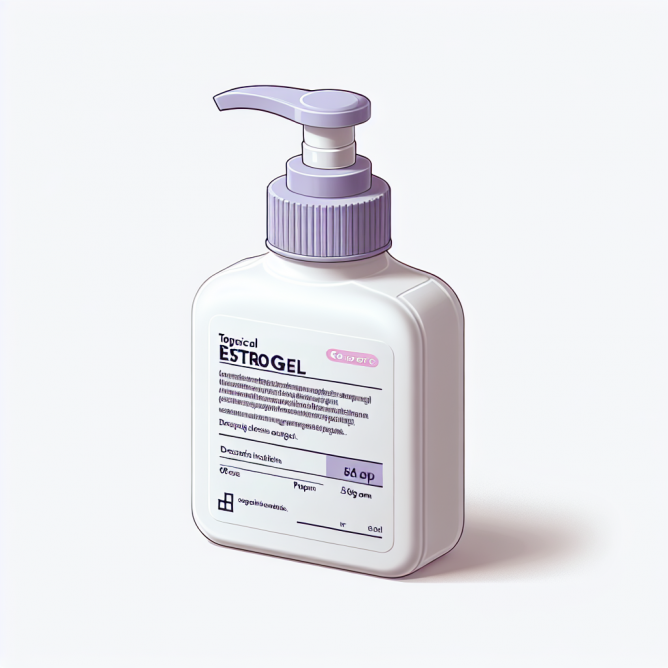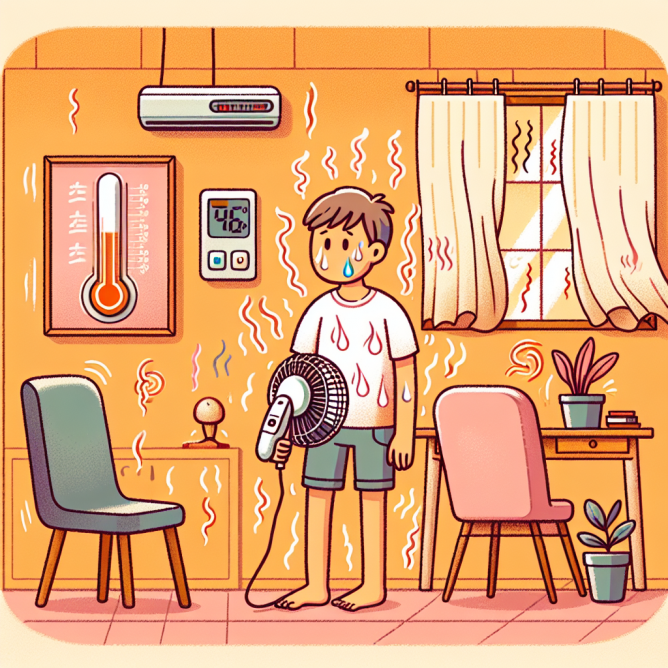
HRT Estrogel: A Revolutionary Treatment for Menopausal Symptoms
Menopause is a natural phase in a woman’s life, but it can also be a challenging one. The symptoms of menopause, such as hot flashes, night sweats, and vaginal dryness, can significantly impact a woman’s quality of life. Hormone replacement therapy (HRT) has been a popular treatment for menopausal symptoms for decades. However, the traditional oral and transdermal forms of HRT have been associated with certain risks, such as an increased risk of breast cancer and blood clots. In response to these concerns, a new form of HRT, Estrogel, has been developed. In this article, we will explore the benefits and risks of Estrogel, how it works, and who it is suitable for.
What is Estrogel?
Estrogel is a non-oral form of HRT that is applied topically to the skin. It contains estradiol, which is the primary form of estrogen in women. Estrogel is available in a pump dispenser, and a pea-sized amount is applied to the skin once a day. Estrogel is absorbed through the skin and into the bloodstream, providing a localized and targeted delivery of estrogen.
How does Estrogel work?

Estrogen plays a crucial role in maintaining the health and function of the female reproductive system. During menopause, the body’s production of estrogen decreases, leading to the symptoms of menopause. Estrogel replaces the lost estrogen, providing relief from menopausal symptoms. Estrogen also helps to maintain bone density, which can decrease the risk of osteoporosis, a common concern for postmenopausal women.
Benefits of Estrogel
1. Targeted Delivery: Estrogel provides a targeted delivery of estrogen, which reduces the risk of systemic side effects associated with oral HRT. Systemic side effects include an increased risk of blood clots, stroke, and breast cancer.
2. Improved Compliance: Estrogel’s topical application makes it easier for women to remember to take their medication, as it does not require daily oral intake.
3. Reduced Risk of Breast Cancer: Studies have shown that Estrogel may reduce the risk of breast cancer compared to oral HRT. This is because Estrogel delivers estrogen directly to the skin, reducing the amount of estrogen that is absorbed into the bloodstream.

4. Improved Vaginal Health: Estrogen is essential for maintaining vaginal health, as it helps to maintain vaginal moisture and elasticity. Estrogel can help to alleviate vaginal dryness, which is a common symptom of menopause.
Risks of Estrogel
1. Skin Irritation: Some women may experience skin irritation, such as redness or itching, at the application site.
2. Breast Tenderness: Estrogen can cause breast tenderness, which is a common side effect of HRT.
3. Blood Clots: Although Estrogel has been shown to have a lower risk of blood clots compared to oral HRT, women with a history of blood clots should consult their healthcare provider before starting Estrogel.
Who is Estrogel suitable for?
Estrogel is suitable for women who are experiencing menopausal symptoms, such as hot flashes, night sweats, and vaginal dryness. Estrogel is also suitable for women who have had breast cancer or a history of blood clots, as it provides a targeted delivery of estrogen, reducing the risk of systemic side effects. Women who have a history of skin irritation or allergies to estrogen should consult their healthcare provider before starting Estrogel.
Conclusion
Estrogel is a revolutionary treatment for menopausal symptoms. Its targeted delivery of estrogen reduces the risk of systemic side effects, making it a safer alternative to oral HRT. Estrogel’s improved compliance and reduced risk of breast cancer make it an attractive option for women experiencing menopausal symptoms. However, women should consult their healthcare provider before starting Estrogel to ensure that it is suitable for their individual needs. As with any medication, women should be aware of the potential risks and benefits of Estrogel and monitor their health closely while taking it.



